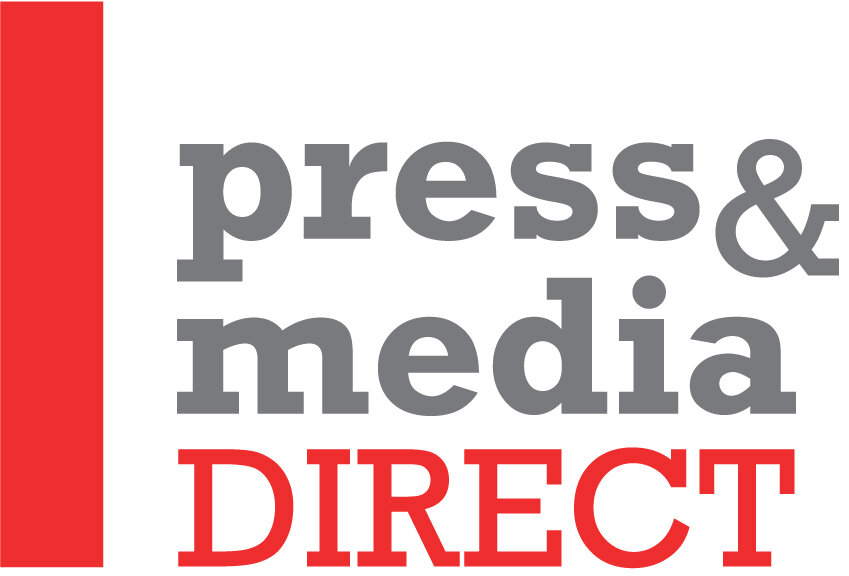The Perfect Press Release
In most instances, editorial coverage represents ‘free and valuable media space;’ whether it be in printed or online publications. Both retail and trade specific publications love new and exciting news regarding business, product and service developments. It’s therefore vital that, to get published, you get the content of your press release right.
For press release publication success, you need to adhere to the following stages:
Ensure your list of relevant press contacts is correct.
Editorial staff move around frequently, from department to department and from publication to publication. Don’t assume that any list of press contacts is correct - past two months old. Always make sure you send your release to at least two people / email addresses at each publication.
It’s always worthwhile contacting the publication to check who should be receiving your news item since quite often, there are different Editors for different sections of the publication. For example; there might be a specific ‘News Editor’ or a ‘Home Interest Editor’ or one of the Editors might be on holiday or off sick.
Immediate Visual Impact is Key
These days, few editorial teams will take the trouble to ‘click on’ and open a ‘Word’ document, which is incredible since not so many years ago – we were sending out press releases in the post!!
Your press release needs to take the form of a written email. It needs to be short, succinct, informative and exciting!
Think about ‘screen presence’ and therefore layout and typography.
Don’t write too much! You don’t want the recipient to be scrolling down to read ‘war and peace;’ they will get board and dis-engage OR because there is too much text, will over edit and often miss out the most relevant points.
It’s best that you adopt the following structure:
A bold headline
Lead in paragraph - Who is it / What is it?
An attractive / powerful image (This needs to be of a good pictorial quality. Integrate a low resolution version within the body copy - around 100 to 300KB - of your emailed release AND attach a high resolution version (1 to 3 meg at around 20cm x 20cm size.) Such a high resolution image is important for printed publications.)
List feature(s) & benefit(s) + USP’s as bullet points for ease of understanding.
Then make clear: when it will be launched or when and where the event is happening / For goods – the availability & sales channels / the cost (make sure that if its for a retail publication you include the VAT within the price element!)
Who / how to make contact for further information (Tel / Email / Web / SM)
Who the publication should contact for further press information.
Follow up your press release / Be prepared to re-send
Simply sending out often isn’t enough. Never assume that because the email hasn’t bounced back OR that because you’ve received an automated message acknowledging receipt – that your press release will be printed. Editorial departments receive 100’s sometimes 1000’s of press releases a day!
Ring them up and ask if they have received it and if they have any questions. If they haven’t read it or seen it as yet – re-send it! You have to be a little pushy and the fact that you have some really exciting news that they must see needs to come across! Ask what edition it might be published in and if you can receive a voucher copy or an online link to your feature.
Being Published is Just Part of the Picture!
The third party implication of any published press release or feature is as much about credibility and brand-awareness as it is about generating sales.
Make sure you feature the published article on your website within the ‘News Section’ and share it within the relevant social media channels.
Companies, regardless of whether they’re ‘B to B’ or ‘B to C,’ instil, within their target audience, a degree of confidence if they’re often featured in the printed and online press. It also greatly helps with your websites SEO.
For further information on PR and press release generation, get in touch with Press & Media Direct
